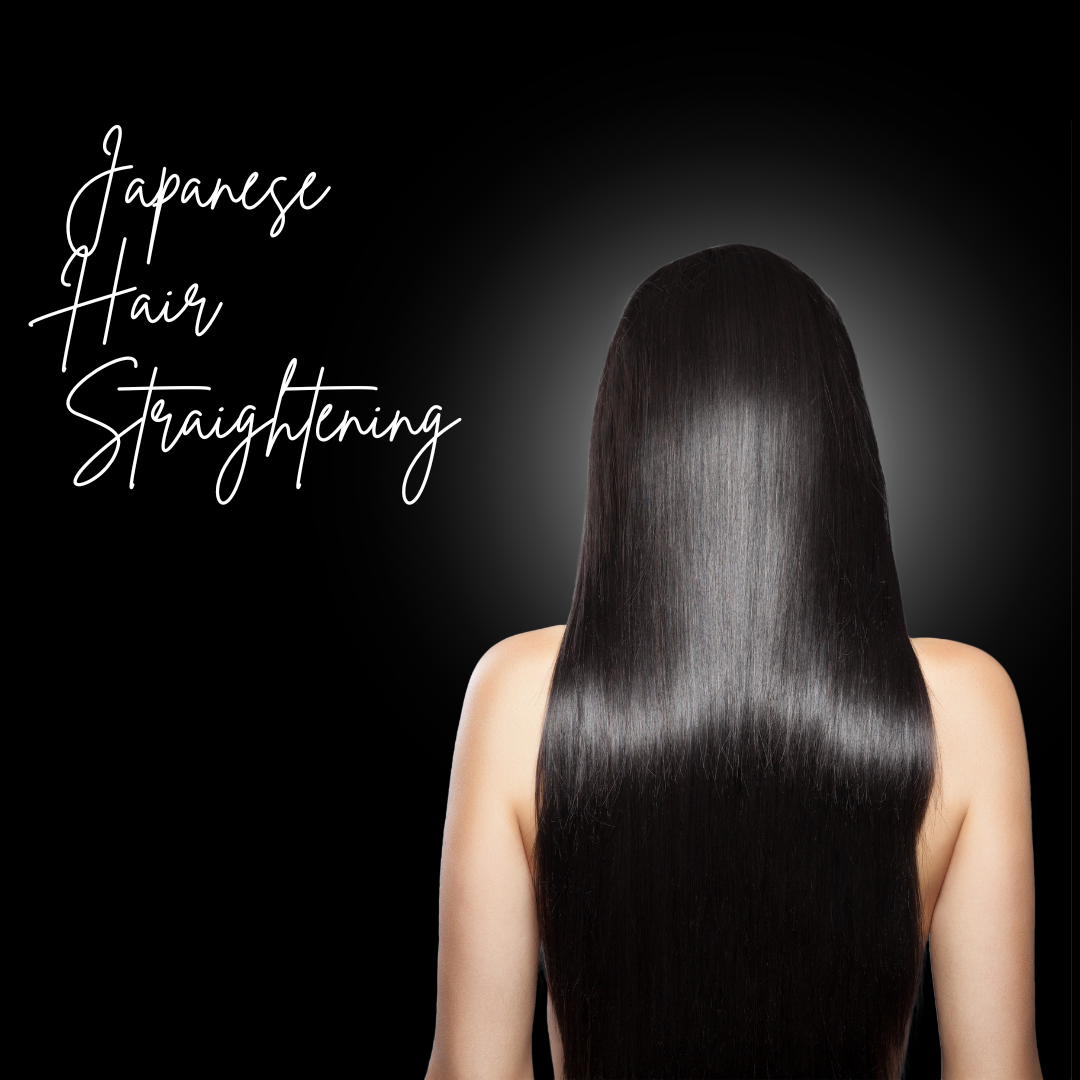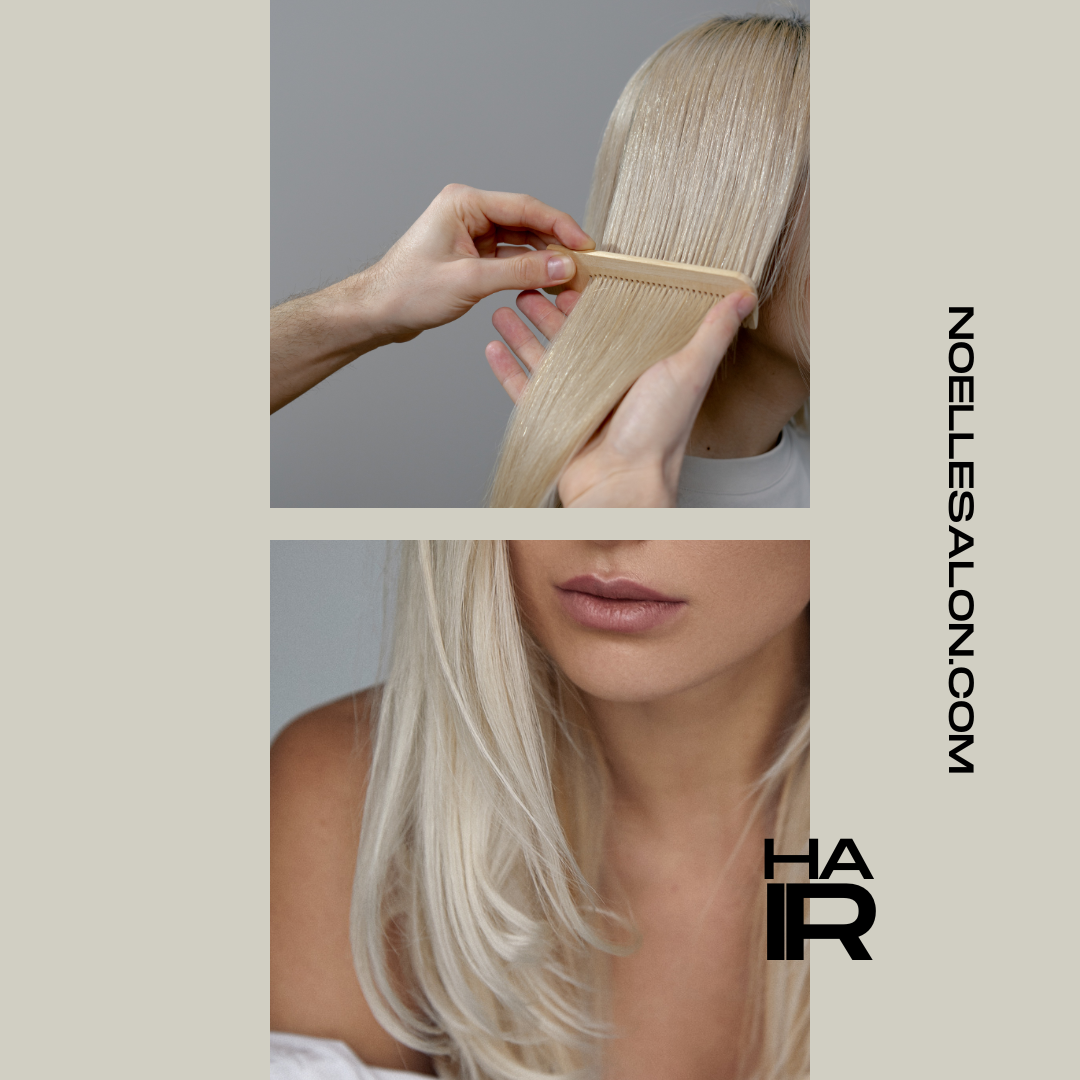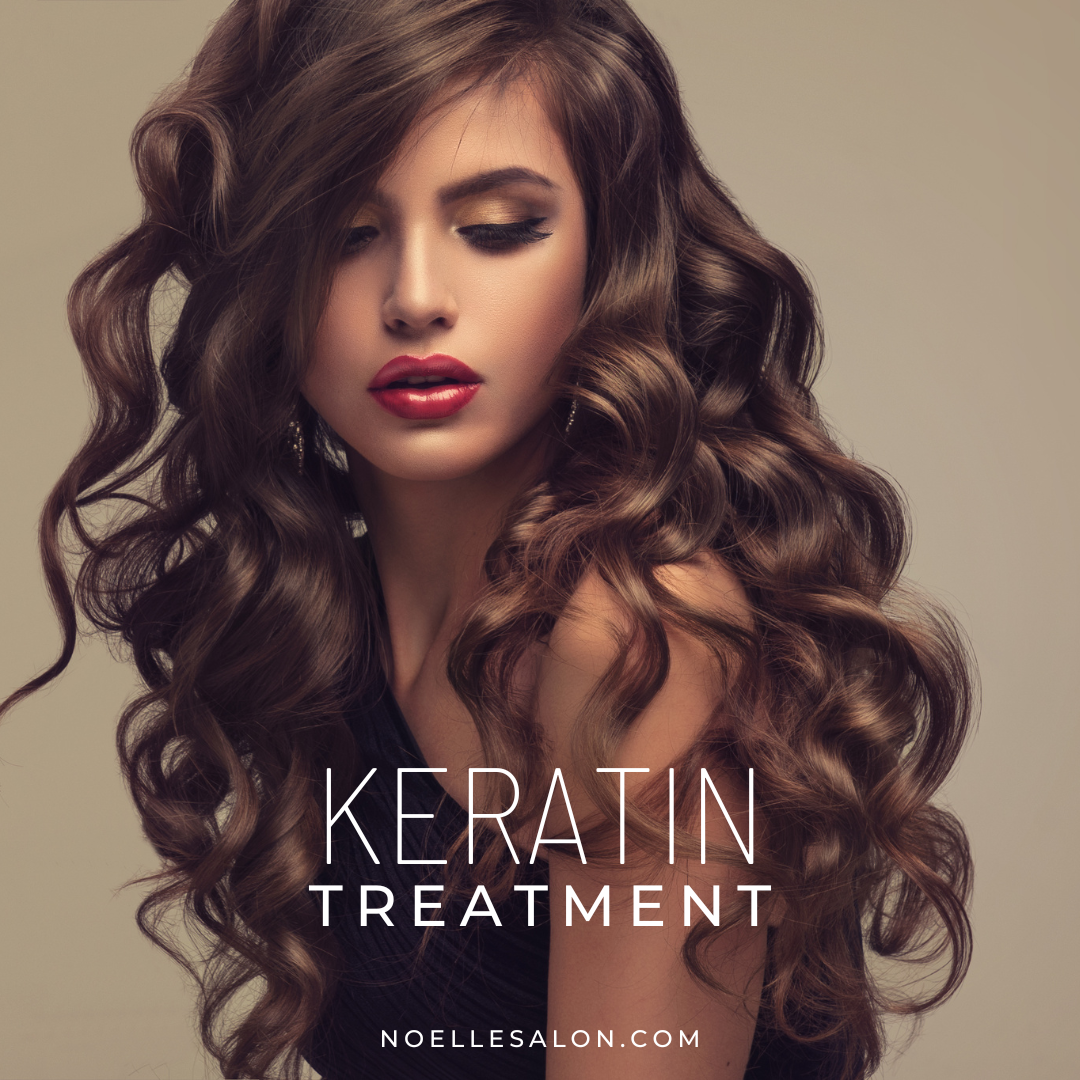Keratin Hair Treatment vs. Japanese Straightening in Boston
·
Which is Better: Keratin or Japanese Straightening
Are you tired of dealing with frizzy, curly, or wavy hair? Do you long for straight, shiny hair locks that are easy to manage? If so, you may have considered hair straightening treatments. Two popular options in the hair straightening world are keratin treatment and japanese straightening. But which one is better? In this blog, we will explore the ins and outs of both treatments, discussing how they work, their pros and cons, and which one might be the best fit for you. So, let's dive in and find out which hair straightening technique reigns supreme – keratin treatment or Japanese straightening. Hair Straightening Techniques

What is Hair Straightening?
Hair straightening is a hair salon treatment that alters the natural shape of your hair strands, transforming curly or wavy hair into straight hair. The process typically involves using heat or chemicals to break and reform the natural bonds of your hair, ultimately changing its texture and shape. It's important to note that hair straightening treatments, if not done correctly, can cause damage to your hair strands and scalp.
There are various types of hair straightening treatments available, each with its own unique process and results. Two popular options are keratin treatment and Japanese straightening, so let's take a closer look at how these treatments work.

The Science Behind Hair Straightening at Noelle Salon
To understand the science behind hair straightening, we need to break it down to the molecular level. Hair strands are made up of keratin, a type of protein, which forms natural bonds within the hair follicle. These natural bonds shape the curl pattern and texture of your hair.
During hair straightening treatments, high heat from flat irons or chemical solutions is used to break down these natural bonds, altering hair shape, thickness, and texture. This thermal reconditioning process reshapes the hair cuticle, resulting in straighter hair strands. In the case of keratin treatment, the presence of formaldehyde, a known carcinogen, is noted as keratin is infused into the hair cuticle, sealing the hair strands and providing frizz control, shine, and manageability.
Now that we have a basic understanding of hair straightening, let's explore keratin treatment in more detail.

How Does Keratin Hair Straightening Work?
Keratin hair straightening involves infusing keratin, a protein naturally found in hair, into the hair cuticle. The treatment begins with washing the hair to remove any styling products, followed by the application of a keratin solution. The hair is then blow-dried and flat ironed to seal the keratin, straightening the hair strands. The heat from the flat iron activates the keratin, allowing it to penetrate the hair cuticle and provide long-lasting straightening effects.
Pros and Cons of Keratin Hair Straightening
Keratin hair straightening offers several benefits for overall health, including long-term frizz control, smoothing straight hair, and improved hair texture and manageable hair. It works well on most hair types, including colored hair, making it a good fit for those who want to maintain their natural hair texture. However, it's important to note that excessive keratin treatment can lead to hair damage, and some individuals may experience hair loss post-keratin treatment.

Is Keratin Hair Straightening Suitable for Everyone?
Keratin treatment is suitable for various hair types, including fine, curly, and frizzy hair. It works best for individuals looking for long-term frizz control and straightening effects, especially in high humidity conditions. However, it may not be the best option for those with extremely damaged hair. Consulting with a hair stylist is essential before opting for keratin treatment, as they can assess your hair type, texture, and overall hair health to determine if keratin treatment is a good fit for you.
How Does Japanese Hair Straightening Work?
Japanese hair straightening involves breaking down the natural bonds of the hair, reshaping its texture, and providing permanent straightening effects with relaxers. The process begins with applying a chemical solution, including a neutralizer, to break the hair's natural bonds, followed by flat ironing to lock in smoothness while restructuring the hair cuticle. This thermal reconditioning process alters the shape of the hair, making it straight and manageable.

Pros and Cons of Japanese Hair Straightening: Thermal Ironing Perms
Japanese hair straightening, also known as the Yuko system, offers a permanent hair treatment for straightening results, making it an ideal choice for individuals with curly, frizzy, or wavy hair who are seeking long-lasting straight hair. Originating in Japan, it’s important to consider potential heat damage caused by the treatment, as high heat is involved in the straightening process. Japanese hair straightening also requires skilled stylists for best results, and regular touch-ups may be needed for new hair growth after the treatment.
Is Japanese Hair Straightening Suitable for Everyone?
Japanese permanent hair straightening permanently alters the hair's natural texture, making it straight and shiny. It's best suited for individuals with curly, frizzy, or wavy hair who desire long-lasting straightening effects. However, it may not be recommended for fine, damaged, or color-treated hair. Consulting with a hairstylist is crucial to determine if Japanese permanent hair straightening is suitable for your hair type, texture, and overall hair health.
Duration and Cost Comparison
Japanese hair straightening typically takes longer and is more expensive compared to keratin treatment, depending on the hair length and thickness of your hair. The process of Japanese hair straightening can take up to 8 hours, while keratin treatment generally takes around 2-3 hours. Additionally, Japanese hair straightening is a higher initial investment, but it provides permanent straightening results. On the other hand, keratin treatment may require touch-ups, which can impact the overall cost in the long run. Consider both the time and budget constraints before choosing a hair straightening method.
Maintenance and Aftercare Comparison
After Japanese hair straightening, it's important to avoid washing, tying, or styling the hair for a few days to allow the straightening effects to set in. Similarly, keratin treatment requires a waiting period of 72 hours before washing or styling the hair. Both treatments require using sulfate-free, gentle hair products, including conditioner, to maintain the long-lasting straightening effects and manage any regrowth. It's also important to note that keratin treatment may require regular touch-ups, whereas Japanese straightening is a one-time process to achieve a smooth hairstyle. Proper maintenance and aftercare are essential for preserving the benefits of both treatments.
Healthy Hair Straightening
To get a holistic view of keratin treatment and Japanese hair straightening, let's explore what beauty professionals and customers have to say about these hair straightening techniques.
Customer Experiences and Reviews
Customer experiences and reviews are an invaluable resource when considering hair straightening treatments. Many customers praise keratin treatment for its ability to transform frizzy, unruly hair into smooth, shiny locks. Similarly, individuals share positive experiences of long-lasting, straight hair after Japanese hair straightening. Reading customer reviews can provide insights into the effectiveness of both treatments, allowing you to gauge the potential results of each hair straightening method. Take customer feedback and experiences into consideration to understand the impact of hair straightening techniques.
What is the difference between keratin and Japanese straightening?
Keratin straightening is a semi-permanent treatment that smooths and straightens the hair by infusing keratin proteins into the hair shaft. Japanese straightening, also known as thermal reconditioning or rebonding, is a permanent straightening process that uses heat and chemicals to alter the structure of the hair bonds.
Can Hair Straightening Damage Your Hair?
It's important to note that both keratin treatment and Japanese hair straightening involve heat and chemical treatments, specifically chemical straightening methods, which can potentially damage hair strands. High heat and chemical use during straightening treatments can lead to hair damage, breakage, and scalp irritation, increasing the risk of damage. Additionally, regular use of hot tools, such as flat irons, can cause heat damage, especially when used on wet hair. Consultation with a skilled stylist can provide insights into minimizing potential hair damage from straightening treatments, ensuring the health of your hair.
Conclusion
In conclusion, both Keratin and Japanese straight perm hair straightening techniques have their own set of advantages and disadvantages. The decision of which technique to choose depends on various factors such as hair type, desired results, maintenance, and cost. It is important to consult with a professional hairstylist who can assess your hair and provide personalized recommendations. Additionally, consider the long-term effects of the chosen technique on the health and integrity of your hair. Ultimately, the goal is to achieve sleek, smooth, and straight hair while keeping it healthy and damage-free. If you still have questions or need further guidance, feel free to get in touch with our team of experts who will be happy to assist you in making the right choice for your hair.




